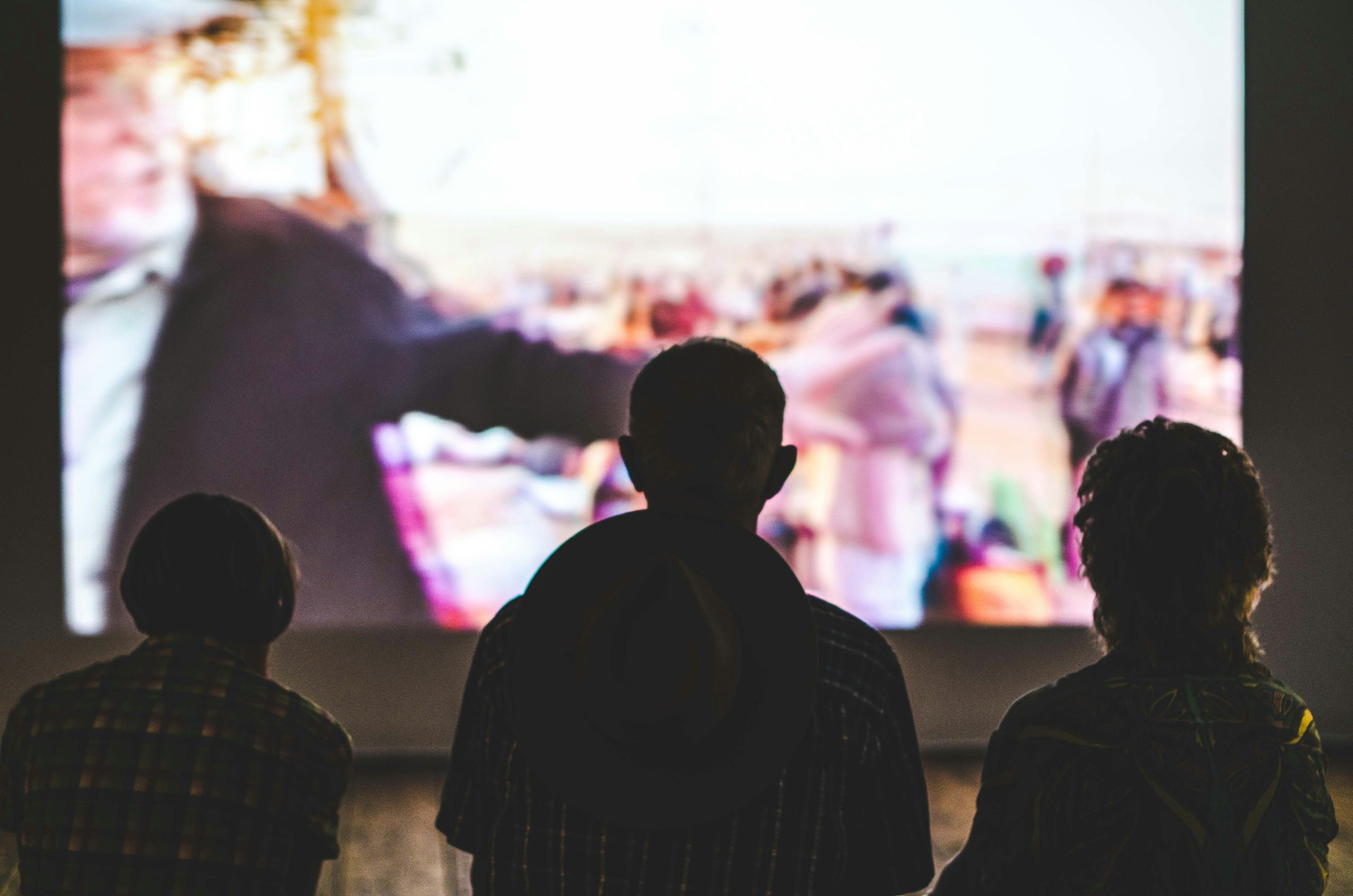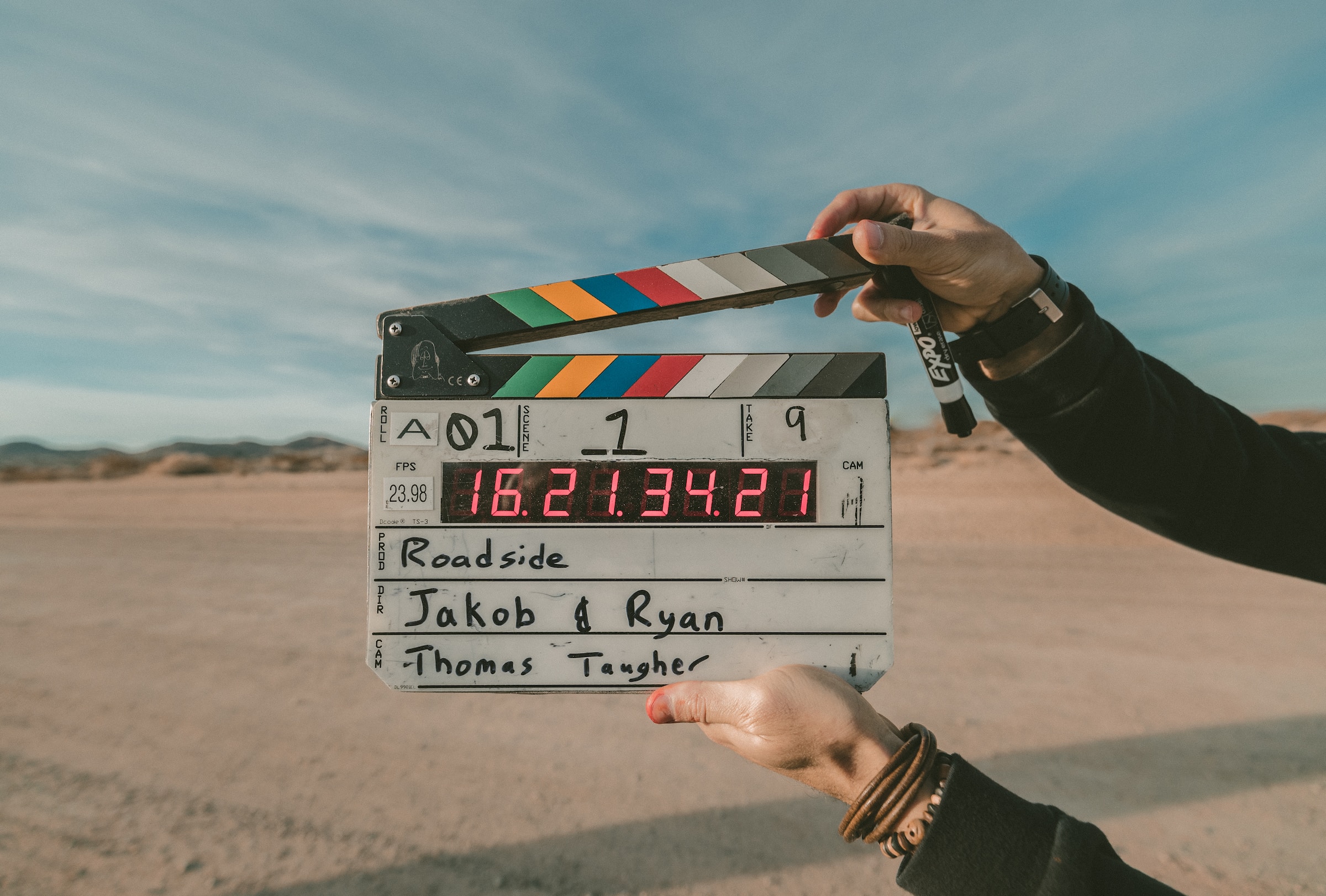The events industry is nourished more than we imagine by cinema, and the film industry is very much an event. Learning the craft of a filmmaker is not too different from learning events. The only goal of the film is the cinema, which is the same as saying that the only goal of the celebration is the event. Two languages that converge on the same stage in front of the same audience with the same objective, to excite. This is what the scripting and narrative planning of an event consists of, for example.
Live events encompass an endless number of facets more typical of cinema than of shows: direction, script, lighting, sound, props, actors, cameras, production, sets, electrical, directors, projections, pyrotechnics, special effects, editors… If the Cinema is considered the seventh art, the event itself could be considered the tenth art, after photography and comics, due to the number of arts it brings together.
Synchronism, scripting, art, scenography and architecture, expressive means, the staircase, the treatment of space, location, special effects, dramaturgy, costume design, acrobatics, magic, catharsis, light …in short, what is surprising, unique and memorable still remains sterile without distorting its message in some events.
Live events encompass endless facets that are more typical of cinema than of shows.
According to the RAE dictionary, “cinematographic” means: “Capture and projection on the screen of moving photographic images.” That is, light and movement is the synthesis. John Ford warns us: “If you don’t know how to solve a situation, as a filmmaker look through the viewfinder and let your imagination carry you away.” The director is ultimately responsible for two operations: staging, which determines what is going to be filmed; and the setting of the frame, how it is going to be filmed. Additionally, he supervises all production and filming. Although on this path he does not travel alone. He is accompanied by the producer, production manager, director of photography, screenwriter, distributor and a long etcetera. The director, at the end of the day, is an orchestra director who directs the film from his cosmos. Something similar happens at events. The project manager takes the lead in the entire project and guides his companions until the film is made, to continue with the cinematographic language.
The elements that produce a feature film are very present in current events and communication; In fact, there are documentaries, video clips and advertising spots that are directed by film directors. There are large events that use film directors to advise on the conceptualization of the event, such as the Olympic galas where the world of entertainment, theatricalization or scenography are staged in a very relevant way.
There are large events that use film directors to advise on the conceptualization of the event.
Cinema has a very defined language: script, idea and storyline, outline and treatment, storyboard and literary script, genre, sequence and scene. Acts, the first for the approach, the second for the middle and the third for the outcome. In events, many terms are used in the same way as in cinema, although their significance is different.
Regarding the participants in a film production, the number of similarities is notable, and even suppliers that proliferate in both environments, such as special effects, props and costume design companies, set design, electrical groups and machinists, casting and catering companies, production teams. camera, ephemeral architecture, lighting and sound, etc. Well, the film industry has found a market niche in events to position its products as filming and productions have been reduced in recent years. They are communicating vessels we could say. Even assembly, loading and unloading staff, actors, presenters, production managers and directors, machinists, lighting and sound technicians, decorators and a long etcetera have had to reinvent themselves in the world of events.
Without going into detail about the production of the films, it is convenient to note that, as in events, feature films are an extrapolation of the image or idea that the director has regarding his film concept. Directors of the stature of John Ford, Tarantino, Alfred Hitchcock, Stanley Kubrick, Martin Scorsese or the Spanish Luis Buñuel, have a personal stamp on all their films due to composition, deep themes, style, dialogues, symbolism, silences, depth, light , music… The same thing happens with agencies at events. Here it is the event-creating companies themselves who often put their personal stamp on the narrative and realization of a brand need.
An event aims to stop time in a space

Film photography does not create eternity, like art, but embalms time. An event aims to do the same thing, stopping time in a space for a specific time. Captivate. The moment of truth is concentrated on the set, on the set, on the location, with the cinematic form deployed. A film is at stake in how it is made: the framing, the sequence shot or the interpretation. Nowadays more with editing in post-production. Similar things happen with events. The event day specifies the outline and the storyboard, the assembly plan, the action.
There are those who think that the creation and production of events is an art due to the number of cultural activities that it combines in the same sequence. Others, on the contrary, say that it is a compendium or marriage of different facets and talents, more closely linked to the world of cinema.

The concept of fine arts is applied only to those artistic disciplines intended for contemplation, that is, they do not fulfill a utilitarian function, but are sustained by creativity and imagination. It is for this reason that the concept of fine arts leaves out the universe of the so-called applied arts or utilitarian arts, as well as all types of crafts. With this premise, by turning the six fundamental arts into the world of events, we can specify: literature can be compared to a creative idea arising from a briefing; architecture can be extrapolated to the ephemeral settings of large productions; the music to the soundtrack; dance to the interpretation of actors or presenters; sculpture in the way of sculpting and guiding the event; and painting in lighting design.
Participating in a renowned event can be brutal and rote.
Aristotle maintained that the most important thing in a story happens at the end. Cinema and events have something of this Aristotelian premise. Nothing is left to chance, everything is planned, it is played with emotions. Then it is the spectator or the assistant who enjoys the magic and illusions transmitted, which with social networks usually last over time.
In this entire worldview presented along these lines, the field of dreams and illusion is a characteristic feature that we should not omit in both hemispheres. Participating in a renowned event can be something spectacular and memorable. Something brutal and rote that, perhaps, also evokes the world of cinema. Where, through a large screen and through a socket, a magnetic light is projected in the form of an audiovisual projection that elevates us for a few minutes outside of ourselves. Isn’t that in itself magical? The same thing happens in events. Too many coincidences.
2023-11-22 23:31:45
#Cinema #events #language #excite #Sergio #Núñez #Vadillo #novelist #professor #University #Valladolid #eventplus.com

